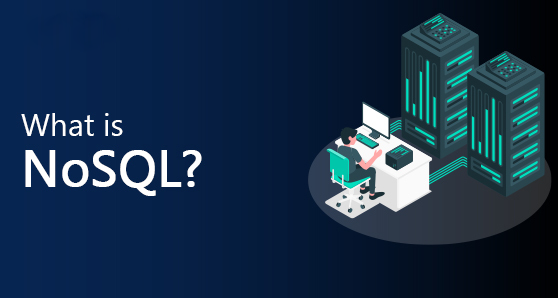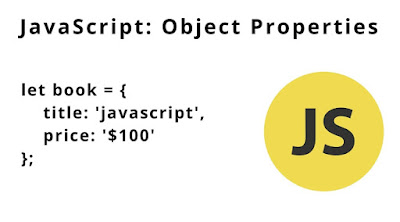Introduction to NoSQL

What is NoSQL? 'NoSQL' database typically refers to the non-relational database. Most people say that 'NoSQL' stands for 'non SQL' and someone says that its stands 'not only SQL'. In NoSQL databases, data store in a format other than relational tables. Most people think that NoSQL databases don't store relationship data. Remember NoSQL databases can store relational data, but the way they store data is in a different way. In fact, storing data in a NoSQL database is easier than an SQL database because the related data doesn't have to be split between tables. Within a single data structure, NoSQL data models allow data to be nested. After the introduction of the NoSQL databases, the cost of the storage rapidly decreased. The reason to introduce the NoSQL database is needed to reduce the data duplication and for complex, difficult-to-manage data models in a simple way. After the costs of storage decreased, the application needed to store data and ...


